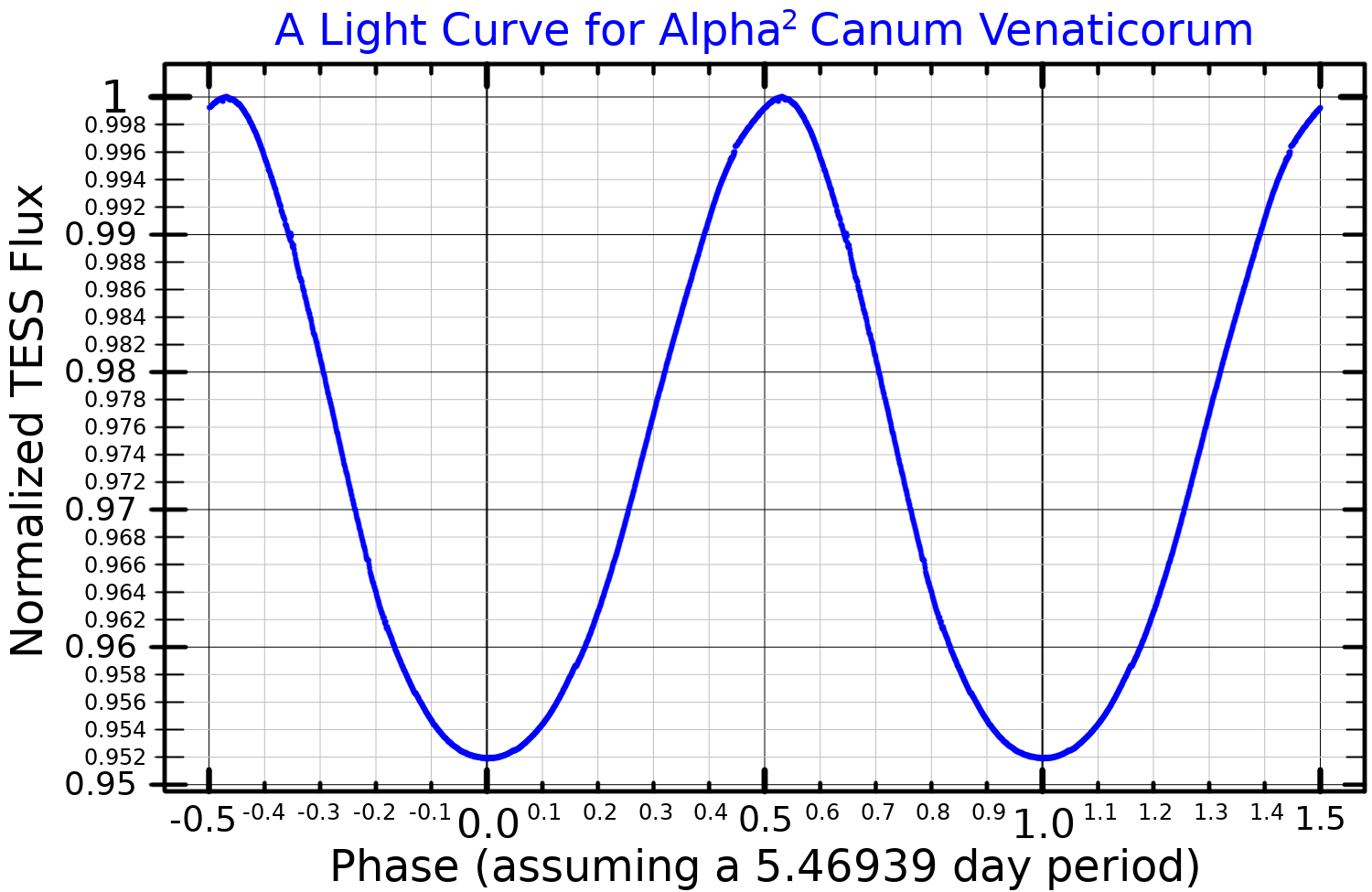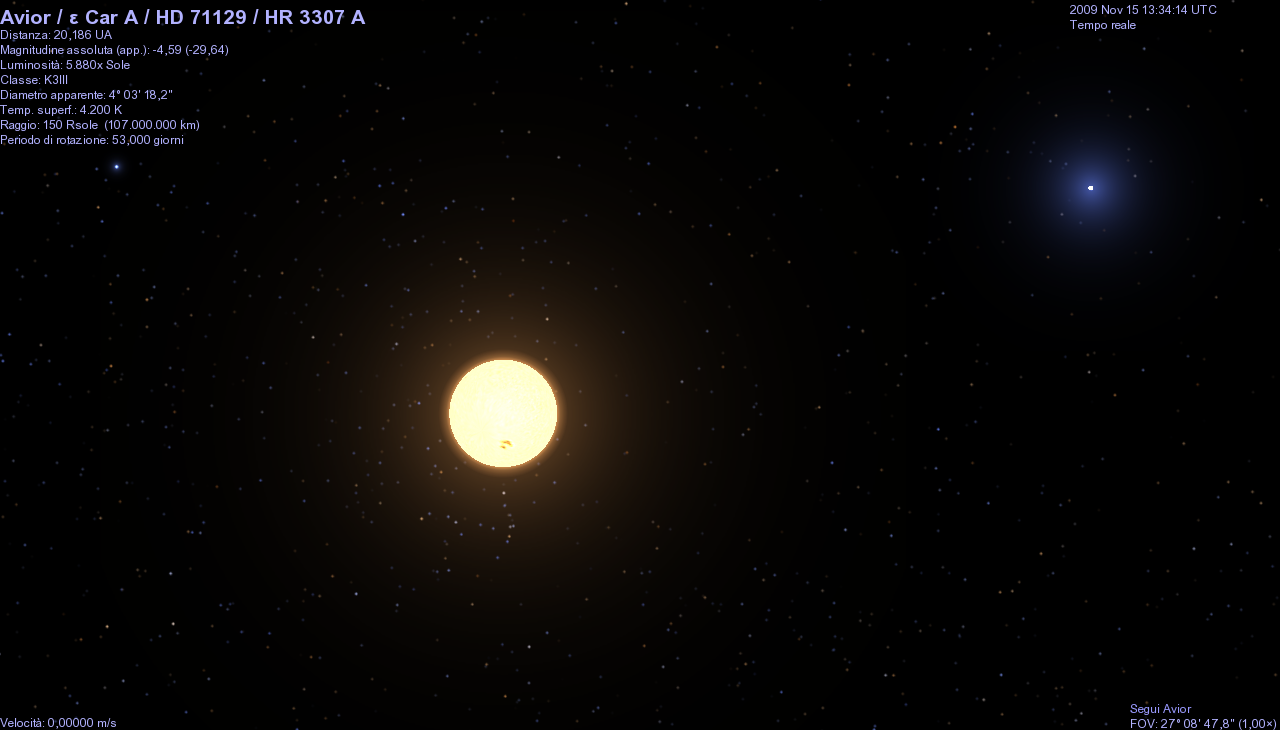|
36 Aurigae
36 Aurigae is a single variable star located about 910 light years away from the Sun in the constellation Auriga. It has the variable star designation V444 Aurigae, while ''36 Aurigae'' is the Flamsteed designation. This object is visible to the naked eye as a dim, white-hued star with a baseline apparent visual magnitude of 5.71. It is moving further from the Earth with a heliocentric radial velocity of +16 km/s. This is a magnetic chemically peculiar star that has been given stellar classifications of and , indicating it is a late B- or early A-type star showing peculiarities of silicon and iron in the spectrum. It is an Alpha2 Canum Venaticorum variable that ranges in visual magnitude from 5.70 down to 5.74 with a period of 14.368 days. The star has 4.4 times the mass of the Sun and is radiating 724 times the Sun's luminosity from its photosphere at an effective temperature The effective temperature of a body such as a star or planet is the tempe ... [...More Info...] [...Related Items...] OR: [Wikipedia] [Google] [Baidu] |
A-type Star
An A-type main-sequence star (A V) or A dwarf star is a main-sequence (hydrogen-burning) star of spectral type A and luminosity class V (five). These stars have spectra defined by strong hydrogen Balmer absorption lines. They measure between 1.4 and 2.1 solar masses () and have surface temperatures between 7,600 and 10,000 K. Bright and nearby examples are Altair (A7 V), Sirius A (A1 V), and Vega (A0 V). A-type stars do not have convective zones and thus are not expected to harbor magnetic dynamos. As a consequence, because they do not have strong stellar winds, they lack a means to generate X-ray emissions. In July 2019, astronomers reported finding an A-type star, S5-HVS1, traveling , faster than any other star detected so far. The star is in the Grus (or Crane) constellation in the southern sky, about 29,000 light-years from Earth, and may have been ejected out of the Milky Way after interacting with Sagittarius A*, the supermassive black hole at the cente ... [...More Info...] [...Related Items...] OR: [Wikipedia] [Google] [Baidu] |
Flamsteed Objects
John Flamsteed (19 August 1646 – 31 December 1719) was an English astronomer and the first Astronomer Royal. His main achievements were the preparation of a 3,000-star catalogue, ''Catalogus Britannicus'', and a star atlas called '' Atlas Coelestis'', both published posthumously. He also made the first recorded observations of Uranus, although he mistakenly catalogued it as a star, and he laid the foundation stone for the Royal Greenwich Observatory. Life Flamsteed was born in Denby, Derbyshire, England, the only son of Stephen Flamsteed and his first wife, Mary Spadman. He was educated at the free school of Derby and at Derby School, in St Peter's Churchyard, Derby, near where his father carried on a malting business. At that time, most masters of the school were Puritans. Flamsteed had a solid knowledge of Latin, essential for reading the scientific literature of the day, and a love of history, leaving the school in May 1662.Birks, John L. (1999) ''John Flamsteed, th ... [...More Info...] [...Related Items...] OR: [Wikipedia] [Google] [Baidu] |
Durchmusterung Objects
In astronomy, Durchmusterung or Bonner Durchmusterung (BD) is an astrometric star catalogue of the whole sky, compiled by the Bonn Observatory in Germany from 1859 to 1903. The name comes from ('run-through examination'), a German word used for a systematic survey of objects or data. The term has sometimes been used for other astronomical surveys, including not only stars, but also the search for other celestial objects. Special tasks include celestial scanning in electromagnetic wavelengths shorter or longer than visible light waves. Original catalog The 44 years of work on the Bonner Durchmusterung (abbreviated BD), initiated by Friedrich Argelander and largely carried out by his assistants, resulted in a catalogue of the positions and apparent magnitudes of approximately 325,000 stars to apparent magnitude 9–10. The catalogue was accompanied by charts plotting the positions of the stars, and was the basis for the ''Astronomische Gesellschaft Katalog'' (AGK) and '' Smith ... [...More Info...] [...Related Items...] OR: [Wikipedia] [Google] [Baidu] |
2MASS Objects
Mass is an intrinsic property of a body. It was traditionally believed to be related to the quantity of matter in a physical body, until the discovery of the atom and particle physics. It was found that different atoms and different elementary particles, theoretically with the same amount of matter, have nonetheless different masses. Mass in modern physics has multiple definitions which are conceptually distinct, but physically equivalent. Mass can be experimentally defined as a measure of the body's inertia, meaning the resistance to acceleration (change of velocity) when a net force is applied. The object's mass also determines the strength of its gravitational attraction to other bodies. The SI base unit of mass is the kilogram (kg). In physics, mass is not the same as weight, even though mass is often determined by measuring the object's weight using a spring scale, rather than balance scale comparing it directly with known masses. An object on the Moon would weigh ... [...More Info...] [...Related Items...] OR: [Wikipedia] [Google] [Baidu] |
Alpha2 Canum Venaticorum Variables
An Alpha2 Canum Venaticorum variable (or α2 CVn variable) is a type of variable star. These stars are chemically peculiar main sequence stars of spectral class B8p to A7p. They have strong magnetic fields and strong silicon, strontium, or chromium spectral lines. Their brightness typically varies by 0.01 to 0.1 magnitudes over the course of 0.5 to 160 days. In addition to their intensities, the intensities and profiles of the spectral lines of α2 CVn variables also vary, as do their magnetic fields. The periods of these variations are all equal and are believed to equal the period of rotation of the star. It is thought that they are caused by an inhomogeneous distribution of metals in the atmospheres of these stars, so that the surface of the star varies in brightness from point to point. The type-star which this class is named after is α² Canum Venaticorum, a star in the binary system of Cor Caroli, which is in the northern constellation of Canes Venatici Canes Ven ... [...More Info...] [...Related Items...] OR: [Wikipedia] [Google] [Baidu] |
B-type Main-sequence Stars
A B-type main-sequence star (B V) is a main-sequence (hydrogen-burning) star of spectral type B and luminosity class V. These stars have from 2 to 16 times the mass of the Sun and surface temperatures between 10,000 and 30,000 K. B-type stars are extremely luminous and blue. Their spectra have neutral helium, which are most prominent at the B2 subclass, and moderate hydrogen lines. Examples include Regulus and Algol A. This class of stars was introduced with the Harvard sequence of stellar spectra and published in the ''Revised Harvard photometry'' catalogue. The definition of type B-type stars was the presence of non- ionized helium lines with the absence of singly ionized helium in the blue-violet portion of the spectrum. All of the spectral classes, including the B type, were subdivided with a numerical suffix that indicated the degree to which they approached the next classification. Thus B2 is 1/5 of the way from type B (or B0) to type A. Later, however, more refined ... [...More Info...] [...Related Items...] OR: [Wikipedia] [Google] [Baidu] |
A-type Main-sequence Stars
A type or type A may refer to: * A-type asteroid, a type of relatively uncommon inner-belt asteroids * A type blood, a type in the ABO blood group system * A-type inclusion, a type of cell inclusion * A-type potassium channel, a type of voltage-gated potassium channel * A type proanthocyanidin, a specific type of flavonoids * A-type star, a class of stars * Type A Dolby Noise Reduction, a type of Dolby noise-reduction system * Type A climate, a type in the Köppen climate classification * Type A flu, a type of influenza virus * Type A evaluation of uncertainty, an uncertainty in measurement that can be inferred, for example, from repeated measurement * Type A (label) A type or type A may refer to: * A-type asteroid, a type of relatively uncommon inner-belt asteroids * A type blood, a type in the ABO blood group system * A-type inclusion, a type of cell inclusion * A-type potassium channel, a type of voltage-g ..., a music label that for example produced the 2004 album '' What D ... [...More Info...] [...Related Items...] OR: [Wikipedia] [Google] [Baidu] |
Monthly Notices Of The Royal Astronomical Society
''Monthly Notices of the Royal Astronomical Society'' (MNRAS) is a peer-reviewed scientific journal covering research in astronomy and astrophysics. It has been in continuous existence since 1827 and publishes letters and papers reporting original research in relevant fields. Despite the name, the journal is no longer monthly, nor does it carry the notices of the Royal Astronomical Society. History The first issue of MNRAS was published on 9 February 1827 as ''Monthly Notices of the Astronomical Society of London'' and it has been in continuous publication ever since. It took its current name from the second volume, after the Astronomical Society of London became the Royal Astronomical Society (RAS). Until 1960 it carried the monthly notices of the RAS, at which time these were transferred to the newly established '' Quarterly Journal of the Royal Astronomical Society'' (1960–1996) and then to its successor journal '' Astronomy & Geophysics'' (since 1997). Until 1965, MNRAS wa ... [...More Info...] [...Related Items...] OR: [Wikipedia] [Google] [Baidu] |
Effective Temperature
The effective temperature of a body such as a star or planet is the temperature of a black body that would emit the same total amount of electromagnetic radiation. Effective temperature is often used as an estimate of a body's surface temperature when the body's emissivity curve (as a function of wavelength) is not known. When the star's or planet's net emissivity in the relevant wavelength band is less than unity (less than that of a black body), the actual temperature of the body will be higher than the effective temperature. The net emissivity may be low due to surface or atmospheric properties, including greenhouse effect. Star The effective temperature of a star is the temperature of a black body with the same luminosity per ''surface area'' () as the star and is defined according to the Stefan–Boltzmann law . Notice that the total ( bolometric) luminosity of a star is then , where is the stellar radius. The definition of the stellar radius is obviously not stra ... [...More Info...] [...Related Items...] OR: [Wikipedia] [Google] [Baidu] |
Photosphere
The photosphere is a star's outer shell from which light is radiated. The term itself is derived from Ancient Greek roots, φῶς, φωτός/''phos, photos'' meaning "light" and σφαῖρα/''sphaira'' meaning "sphere", in reference to it being a spherical surface that is perceived to emit light. It extends into a star's surface until the plasma becomes opaque, equivalent to an optical depth of approximately , or equivalently, a depth from which 50% of light will escape without being scattered. A photosphere is the deepest region of a luminous object, usually a star, that is transparent to photons of certain wavelengths. Temperature The surface of a star is defined to have a temperature given by the effective temperature in the Stefan–Boltzmann law. Stars, except neutron stars, have no solid or liquid surface. Therefore, the photosphere is typically used to describe the Sun's or another star's visual surface. Composition of the Sun The Sun is composed primari ... [...More Info...] [...Related Items...] OR: [Wikipedia] [Google] [Baidu] |



